Websockets
WebSockets are a modern communication protocol that enables real-time, bidirectional communication between clients and servers over a single, long-lived connection. Unlike traditional HTTP, which operates on a request-response model, WebSockets allow data to be sent and received simultaneously, making them ideal for applications that require instant updates, such as chat applications, online gaming, and live notifications. This protocol significantly reduces latency and overhead by maintaining a persistent connection, allowing for efficient data transfer. As web applications increasingly demand dynamic interactions, WebSockets have become a crucial technology for delivering responsive user experiences.
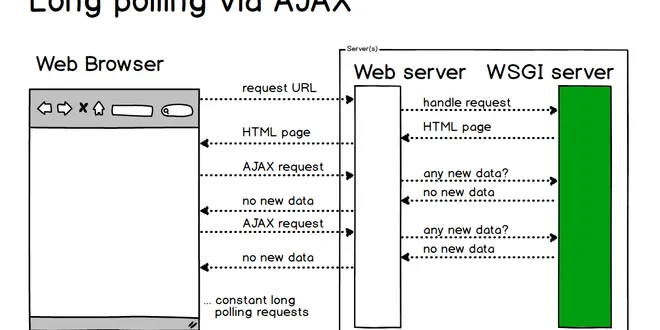
WebSockets
WebSockets are a protocol for full-duplex web communications. Learn about WebSockets on Full Stack Python.
📚 Read more at Full Stack Python🔎 Find similar documents

WebSockets
WebSockets You can use WebSockets with FastAPI . WebSockets client In production In your production system, you probably have a frontend created with a modern framework like React, Vue.js or Angular....
📚 Read more at FastAPI Documentation🔎 Find similar documents
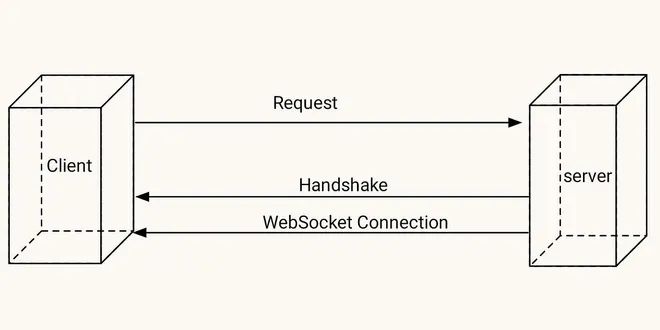
Understanding WebSocket in depth
What the heck is WebSocket? WebSockets enable bidirectional, real-time communication over a single, long-lived connection. Unlike HTTP, which follows a request-response model, WebSockets allow the se...
📚 Read more at Javarevisited🔎 Find similar documents
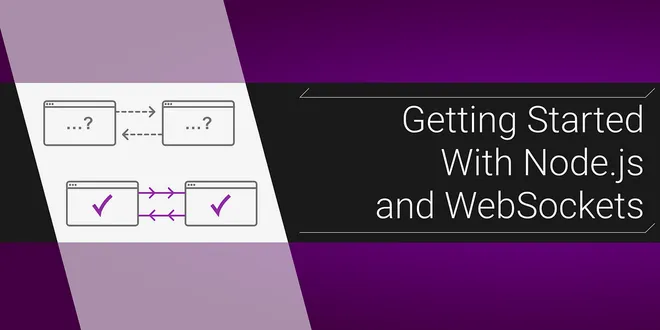
Getting Started With Node.js and WebSockets
WebSockets are the edgy younger sibling of http. They let you maintain an open connection for real time updates. Let’s make a simple chatroom that just displays messages from users. To keep this…
📚 Read more at Level Up Coding🔎 Find similar documents
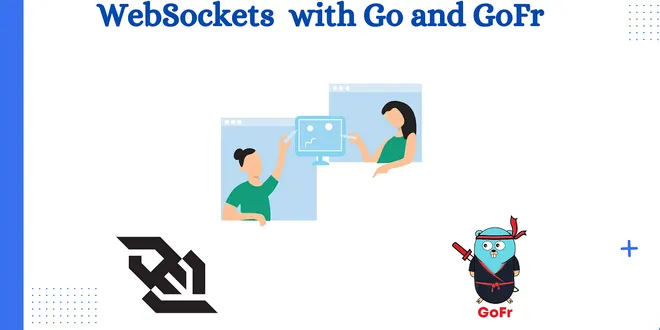
WebSockets in Go and GoFr
The Evolution of Real-Time Communication: A Brief History In the early days of web development, achieving real-time communication between clients and servers was a challenge. Developers had to rely o...
📚 Read more at Level Up Coding🔎 Find similar documents

Building Real-time Applications: A Look into WebSockets with Spring
WebSockets is an advanced technology that makes it possible to open an interactive communication session between a user’s browser and a server. With this API, you can send messages to a server and rec...
📚 Read more at JavaToDev🔎 Find similar documents

WebSockets in iOS Using Swift
WebSockets allow for extremely fast two-way networking communication, which lets you send and receive updates quicker and more often, not to mention securely. WebSocket is a communication protocol…
📚 Read more at Better Programming🔎 Find similar documents

Node.js and Websockets on AWS
On some projects, we need the client to be able to communicate with the server in real-time. The Websocket protocol works over the TCP socket connection and provides the ability of real-time…
📚 Read more at Better Programming🔎 Find similar documents

Asyncio WebSocket Clients
Websockets provide a full-duplex way for clients and servers to communicate on the web. It is an efficient and widely used protocol for real-time applications like chat, games, and streaming of text, ...
📚 Read more at Super Fast Python🔎 Find similar documents

High resilience with Web Sockets
In a fast-moving world with huge data volume, WebSockets tend to come out as the first option when talking about real time communications, hence, the importance to improve their capabilities when…
📚 Read more at Level Up Coding🔎 Find similar documents

Managing WebSocket Connections in Distributed Systems: A Real-World Solution
The Problem of the Disappearing WebSocket Messages Last month, our team faced a puzzling issue. Users would click a button in our app, but sometimes nothing would happen — no error, no response, just ...
📚 Read more at Level Up Coding🔎 Find similar documents
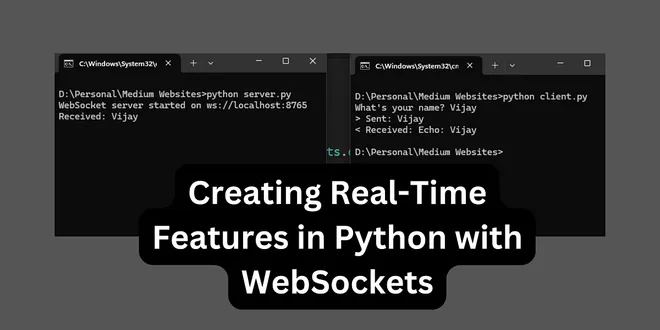
Creating Real-Time Features in Python with WebSockets
A Relatable Beginning: Over a Chai Moment Let me tell you something funny. Not long ago, I was working on a hobby project — a live chat app. I wanted messages to appear instantly, but everything seeme...
📚 Read more at Python in Plain English🔎 Find similar documents

